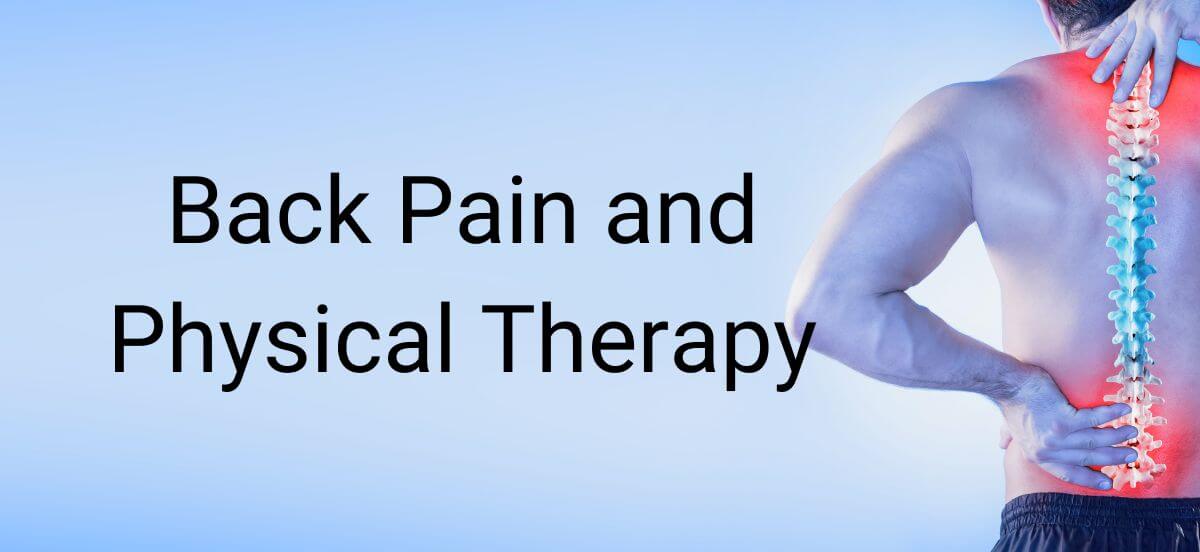
The old dreaded back pain that we all hear so much about and many of us have dealt with at least once in our lifetime. Low back pain is the leading cause of global disability (1) affecting over 80% of the adult population at least once in their life. Over $200 billion are spent annually on the management of low back pain with up to 23% of the world’s population developing chronic low back pain (2). Back pain can be caused by a variety of sources and factors including mechanical (spinal/muscular), degenerative (arthritis), inflammatory, infectious, and oncologic (2). However, over 90% of back pain cases are mechanical or non-specific and can be prevented (2). Presentation and symptoms of back pain can range significantly from person to person due to their pathology or mechanism of injury. This may include:
- Achy, muscle pain
- Muscle spasms
- Shooting, burning, or stabbing pain
- Reduced movement or mobility such as bending, twisting, standing, squatting, walking, etc.
- Weakness, tingling, or numbness
Therefore, it can be very difficult to diagnose and differentiate at times and if goes unmanaged without a reduction in symptoms can lead to more chronic back pain and disability. That is why it is important to contact a healthcare provider when:
- Lasts longer than a week
- Very severe and does not improve with rest
- Refers to one or both legs especially if it is below the knee
- Causes weakness, tingling, and/or numbness.
In rarer cases, it could be a more serious medical problem and be accompanied by bowel or bladder problems, unexplained weight loss, pain only at night, sweating, or fever. This is when you should seek immediate medical care.
In most cases though, back pain is not an immediate medical emergency and this is where the physical therapists at Orthopedic & Spine Therapy can help you. Physical therapists are considered musculoskeletal and movement experts and can assist with properly assessing and diagnosing your back pain. This may vary from therapist to therapist, but we can review your health and injury history, perform appropriate tests and measures, and assess your movement to help develop a proper therapy diagnosis. From this data, we can see if you are safe to continue treatment with a physical therapist or need to be referred to another medical professional. Orthopedic & Spine Therapy prides itself in our ability to have strong manual skills, look at the whole patient, and have a wide knowledge base and skill set in a variety of movement and exercise-based techniques to help patients return to their prior level of function. Many times medical professionals can be blinded by a diagnosis and not take a further look at several personal factors that can affect a patient’s current condition and function. This can include a variety of factors such as diet, stress, relationships, sleep, work, loss, emotion, social background, etc. When you do not treat the whole patient, there is a good chance that many things can be missed and not allow for appropriate outcomes.
Therefore, by coming to Orthopedic & Spine Therapy, we do our best to take a look at the big picture and focus on the goals and activities each individual would like to return to and achieve. We are experts in many manual therapy-based skills including dry needling, Osteopathic techniques, and several other myofascial release techniques that go hand in hand with developing an appropriate exercise program to help you return to your best self.
However, it is important to know that recovering from back pain requires loading the spine properly and learning to move safely without fear and guarding. Learning appropriate functional movement patterns is essential in helping you recover and prevent back pain in the future. Back pain is commonly a recurrent and episodic problem meaning that the highest risk factor for developing back pain is previously having back pain. That is why it is important to seek professional help early to prevent future incidents of back pain because each episode can become more frequent and severe and potentially lead to chronic back pain and disability. This is where our therapists will work with you in developing an appropriate plan of care and home exercise program that works best for your current lifestyle, condition, and the resources available to you. In turn, this will help you develop independent skills in managing and preventing future occurrences of back pain and be able to live the life you prefer.
Back pain can be hard to gauge at times and there is not always a specific timeline for many back pain conditions due to being case and person-dependent based on many of the factors we discussed above including how long you have had the pain. With that being said, there is always a road to recovery and better function so that you can return to the things that are important to you and live a better quality of life. Pain is a complex and multifaceted experience that affects millions of people. In our upcoming blog, we will break down the science of pain as well as the different categories of pain. Whether you or someone you know suffers from occasional aches and pains or live with chronic pain, this blog series will be a must-read for anyone seeking to better understand the science of pain. You can sign up to receive our newsletter here so you don’t miss this series.
To request an appointment, please click the link below or call any of our locations.
Resources
1. https://www.iasp-pain.org/resources/fact-sheets/the-global-burden-of-low-back-pain/
2. https://www.ncbi.nlm.nih.gov/books/NBK538173/